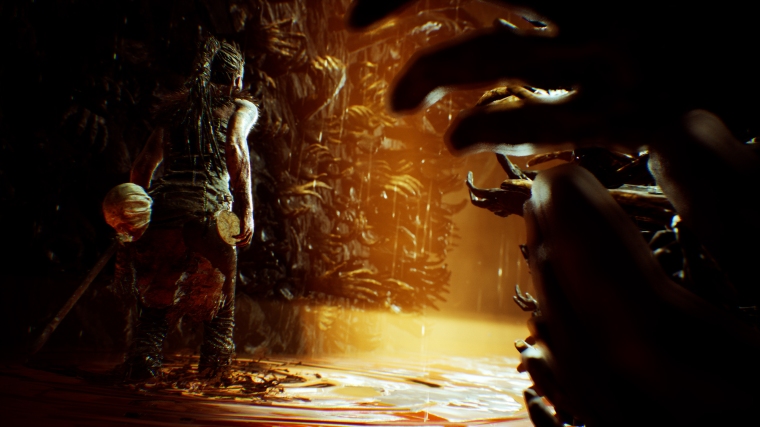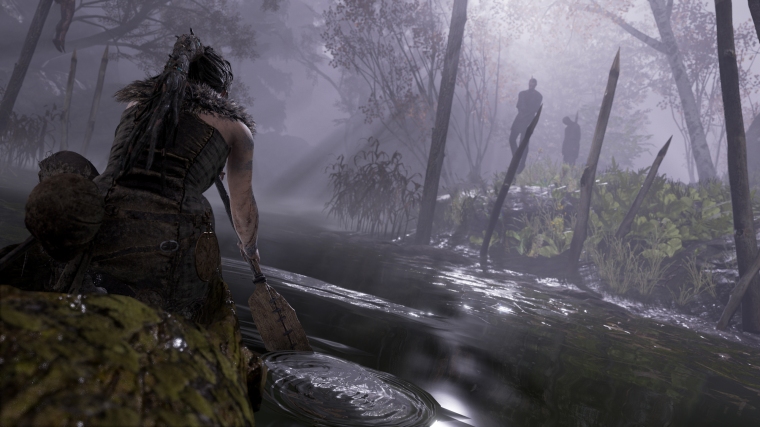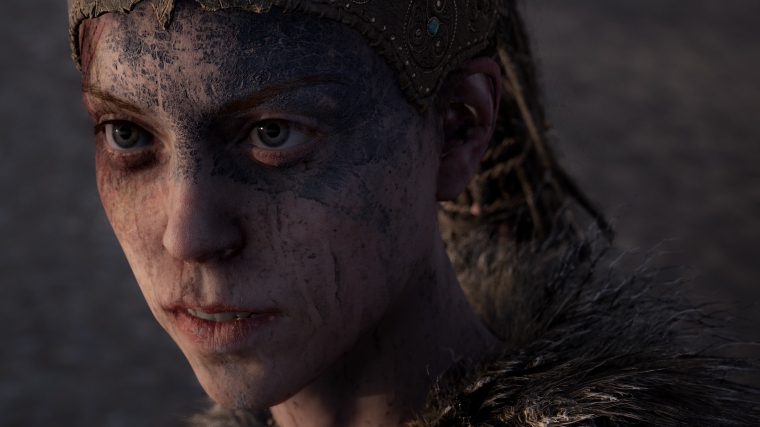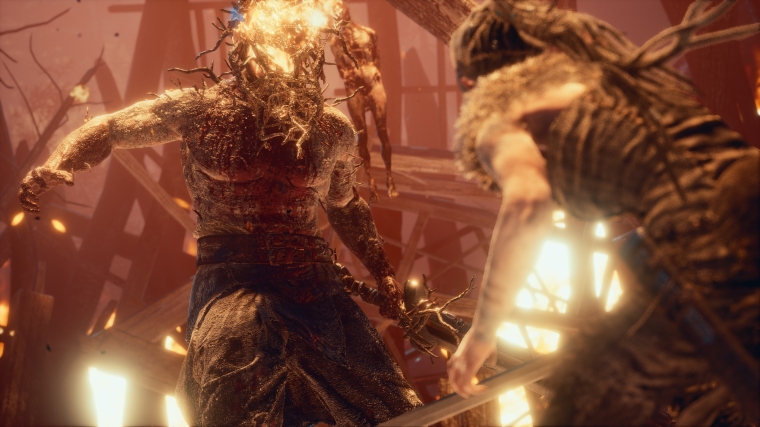For years, the video game industry has portrayed mental health in a negative light; inherently depicting a character with mental illness as “bad”. We only need to look to games like Outlast and Resident Evil for examples of villains where their motivations behind their actions are simply “because they’re crazy”. Hellblade: Sensua’s Sacrifice looks to rectify this. Within the opening titles we’re told: “This game contains representations of psychosis. People with experience of psychosis as well as professionals in psychiatry have assisted in these depictions” and immediately I knew I was going to experience something special.

Created by UK studio, Ninja Theory, Hellblade: Senua’s Sacrifice follows Celtic warrior Senua who returns to her tribe to find they have been slaughtered by the Norsemen. This leads her on a quest to the underworld to save the soul of her beloved, Dillion. Whilst on the surface, the story feels familiar, as if it were lifted directly from a Celtic myth, Senua is tormented by psychosis that results in hallucinations and multiple voices in her head which makes Hellblade one of the most unique games I’ve played this year.

The game suggests wearing headphones throughout and I would recommend doing so for a fully immersive experience. The voices in Senua’s head surround you; providing helpful advice but also causing doubt and anxiety as they tell you “you’re not strong enough” or to “turn back”. At times I found the voices quite overwhelming and had to remove the headphones for some quiet. However, it made me realise that for Senua and those that have similar conditions, they don’t have the option to turn off the voices; evoking an incredibly emotional reaction.
Visually, Hellblade is a very good looking game. Cracks do appear with some of the cutscenes slightly lagging and at times the audio wasn’t always perfectly synced with the video. However, you can tell that Ninja Theory worked tirelessly to create an intriguing, evocative and an increasing baron environment.
Senua herself is very well realised. Mostly due to the fantastic motion-capture performance by Melina Juergens who brings the character to life; making her both fierce and vulnerable.

In terms of gameplay, Hellblade retains the tried and tested combat and puzzle-solving formula. However, it is how these elements affect and depict Senua’s mental state that saves this formula from feeling stale. For example, many of the puzzles require Senua to identify particular runes in the environment to unlock doors and passages to new areas and because she is able to “see things others can’t”, the game treats her mental condition as an ability rather than a drawback.
Combat feels smooth, intuitive and satisfying. Enemies appear as hallucinations but that doesn’t make them any less intimidating or deadly. In fact, fall too many times in battle and Senua’s mind will be taken over by “the rot”; resulting in a “permadeath” whereby you will have to start the journey from scratch. As enemies become increasingly tougher, Senua is able to utilise the voices in her head that act as warnings if an enemy is behind her or too close.

The Verdict
Whilst Hellblade: Senua’s Sacrifice doesn’t quite make up for the video game industry’s lack of diversity in its depiction of mental health, it is a step in the right direction. The game handles Senua’s mental state with such sensitivity that by the end of the 10-hour runtime, you’ll feel completely connected to the character in what was a game I thought about long after I took the headphones off.
Hellblade: Senua’s Sacrifice is available for PS4 and PC.

Former journalist and avid gamer. By day I work in tech PR.





1 Comment »